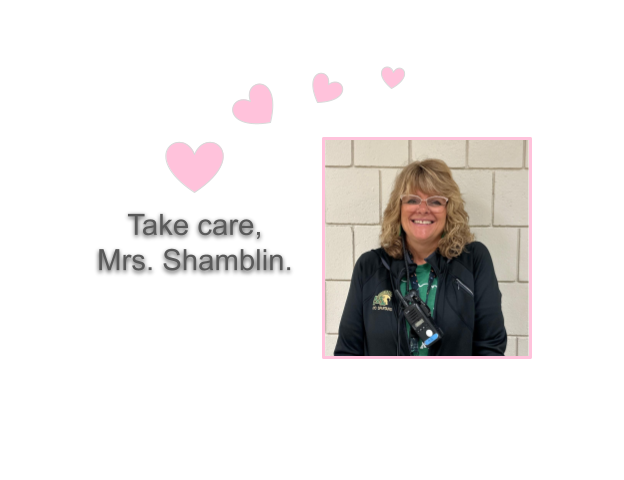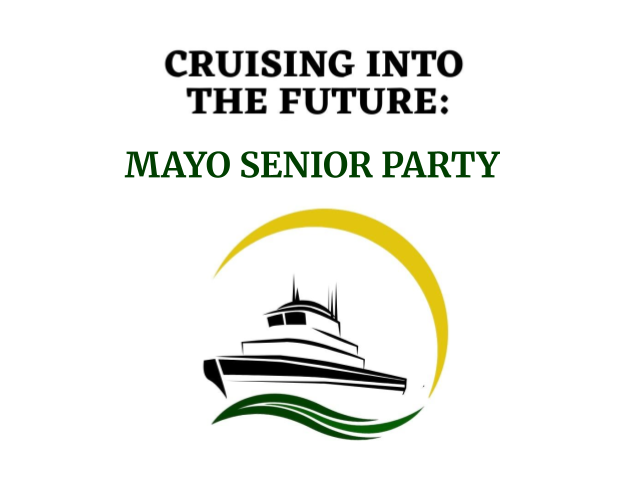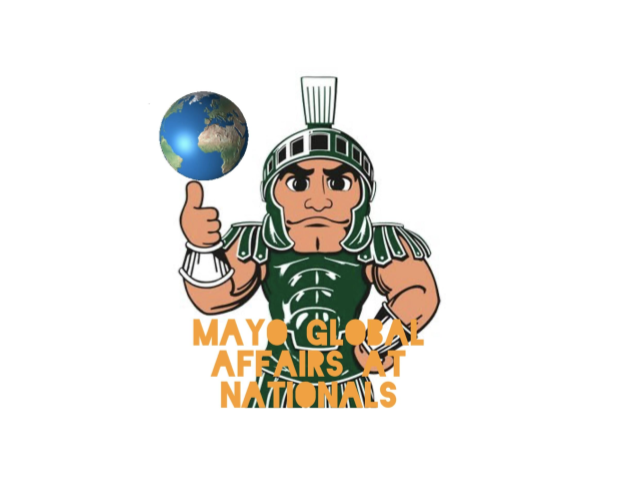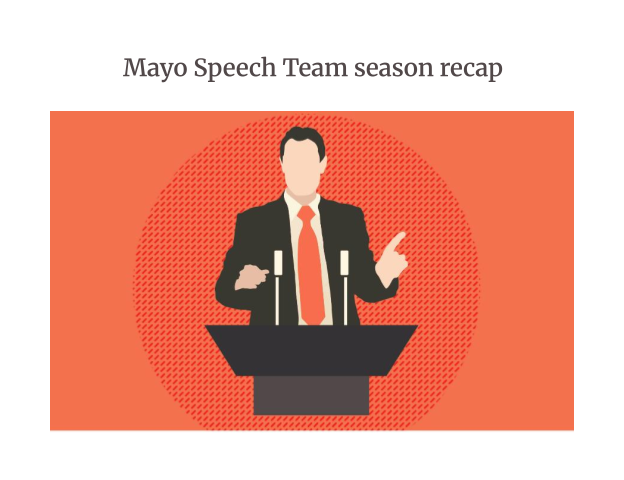Cardinal Robert Prevost has been elected as the 267th official pope of the Catholic Church, taking the name Pope Leo XIV. He is the first pope to be born in North America, to hold Peruvian citizenship, to be from the order of Saint Augustine, and the second pope to come from the Americas following Pope Francis.
Pope Leo XIV spent much of his time in the ministry in Peru and Italy, which earned him the nickname “The least American American.” His time spent around the globe and the perspective that brings are believed to have been major aids in his being elected pope (The New York Times, 2025).
Soon after the white smoke rose and the bells rang, Pope Leo XIV stepped onto the balcony at St. Peter’s Basilica in full papal regalia. He said, “Greetings to Rome and to the world.” A traditional greeting, followed by saying, “Peace be with you! Dearest brothers and sisters, this was the first greeting of the risen Christ, the good shepherd who gave His life for the flock of God. I, too, would like this greeting of peace to enter your hearts, to reach your families and all people, wherever they are; and all the peoples, and all the earth: Peace be with you” (Vatican News, 2025).
During his first words as pope, he switched between Italian and Spanish, not speaking a word of English.
To understand the significance of this election, it’s helpful to look at how a pope is chosen.
What is the Papal Conclave?
It is the gathering of the cardinals in a locked room to elect a new pope. The term “conclave” comes from the Latin cum clave, meaning “with a key.” This references the history of locking the cardinals in the voting room until the new pope is elected.
The tradition began after a vote that lasted over 1000 days. Frustrated townspeople locked the cardinals in a magistrate, rationed food and water, and removed the roof to prompt a decision. Since 1274, conclaves have been held in a locked building (Wikipedia, n.d.; Britannica School, n.d.).
What Are the Rules Around the Conclave?
Before 1059, popes were chosen by predecessors, local clergy, or political rulers in Rome. This changed with Pope Nicholas II’s decree In nomine Domini, which made the College of Cardinals the sole body for electing a pope.
In 1621, Pope Gregory XV required a ⅔ majority vote. This does have some questions surrounding it, we don’t know if it is the ⅔ plus one from the cardinal voting for themselves or if they are barred from voting for themselves.
In 1903, Austria vetoed Cardinal Mariano Rampolla’s election. Pope Pius X then abolished the veto. Pope Paul VI later decreed that cardinals over 80 could not vote to keep the process modern and efficient (Wikipedia, n.d.; Britannica School, n.d.).
Preparing for the Conclave.
After the death or abdication of the pope, the funeral brings cardinals together. The official funeral lasts four to six days. A nine-day mourning period follows. The pope’s apartment is sealed, and Vatican security tightens.
Cardinals are excluded from the outside world—no phones, internet, or news. Before entering the Sistine Chapel, the cardinals swear an oath of secrecy. (Britannica School, n.d.; Wikipedia, n.d.).
The Vote.
Voting begins on the first day, with four votes per day afterwards. Each cardinal writes his vote on a slip of paper, which is collected and reviewed by three designated scrutineers. Two read the vote silently; the third reads each name aloud, records it, and threads the paper with a needle.
Once tallied, the papers are burned. If a pope has been chosen, chemicals are added to ensure the smoke rises white with the bells ringing; if no pope is chosen, chemicals are added for black smoke. Chemicals have only been added since 1978 due to confusion during the election of Pope John Paul II (Britannica School, n.d.). The bells were added in 2005. Ringing the bell of St. Peter’s Basilica ensures that: Habemus Papam—we have a new pope (Wikipedia, n.d.).
Sources:
- Britannica School. (n.d.). Papal Conclave. https://school-eb-com.content.elibrarymn.org/levels/high/article/papal-conclave/25092
- Wikipedia. (n.d.). Papal conclave. https://en.wikipedia.org/wiki/Papal_conclave
- The New York Times. (2025, May 8). Pope Conclave News. https://www.nytimes.com/live/2025/05/08/world/pope-conclave-news
- Vatican News. (2025, May). Pope Leo XIV: “Peace be with you”. https://www.vaticannews.va/en/pope/news/2025-05/pope-leo-xvi-peace-be-with-you-first-words.html









